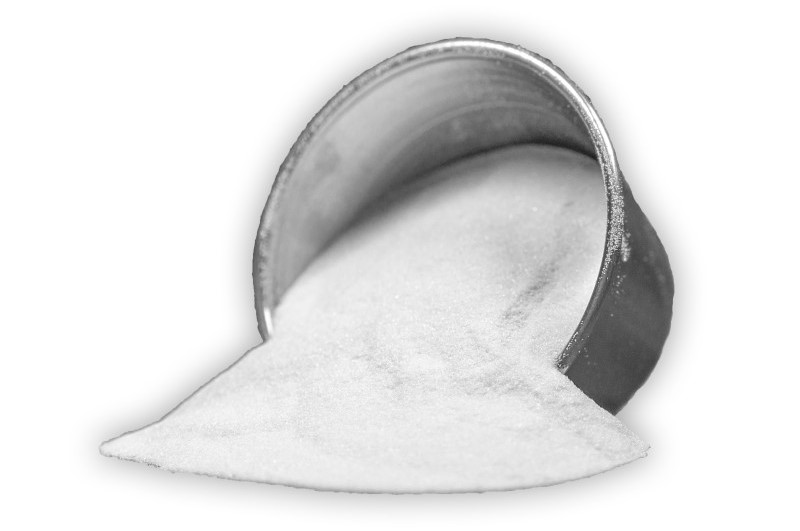
Porosity is a measure of the effective open pore space in the refractory into which the molten metal,
slag, fluxes, vapors etc can penetrate and thereby contribute to eventual
degradation of the structure. The porosity of refractory is expressed as the average percentage of
open pore space in the overall refractory volume. High porosity materials tend to be highly insulating
as a result of high volume of air they trap, because air is a very poor thermal conductor. As a
result, low porosity materials are generally used in hotter zones, while the more porous materials are
usually used for thermal backup. Such materials, however, do not work with higher temperatures and
direct flame impingement, and are likely to shrink when subjected to such conditions. Refractory
materials with high porosity are usually NOT chosen when they will be in contact with molten slag
because they cannot be penetrated as easily.
Porosity is the basic technical index of most refractory materials. It almost affects all properties
of refractory products, especially strength, thermal conductivity, corrosion resistance, and thermal
shock resistance. Generally speaking, the porosity increases, the strength decreases, the thermal
conductivity decreases, and the corrosion resistance decreases. Therefore, lower porosity improves
strength, load-bearing capacity, and corrosion resistance but can lower thermal shock resistance. In
more porous brick, the pores present act as crack inhibitors.
Porosity is a key factor in the performance and durability of refractory materials, affecting almost
all of their properties, including:
Insulation: High porosity has excellent insulating properties
Strength: High porosity has low density and decreased mechanical strength
Corrosion resistance: High porosity has decreased corrosion resistance
Thermal conductivity: High porosity has decreased thermal conductivity
Thermal shock resistance: High porosity has increased susceptibility to thermal shock
AutoFSSS (Automatic Fisher Sub Sieve Sizer) is applicable for measuring refractory powder and give you measurement results including average particle size, specific surface area and porosity. Because it works with laptop computer, you can read the testing results directly on screen and then save or print it out easily.